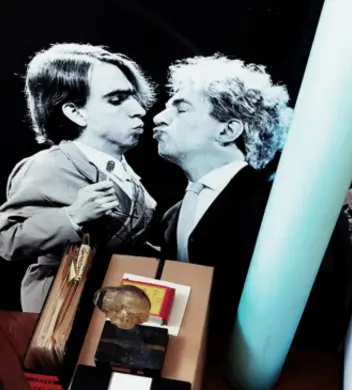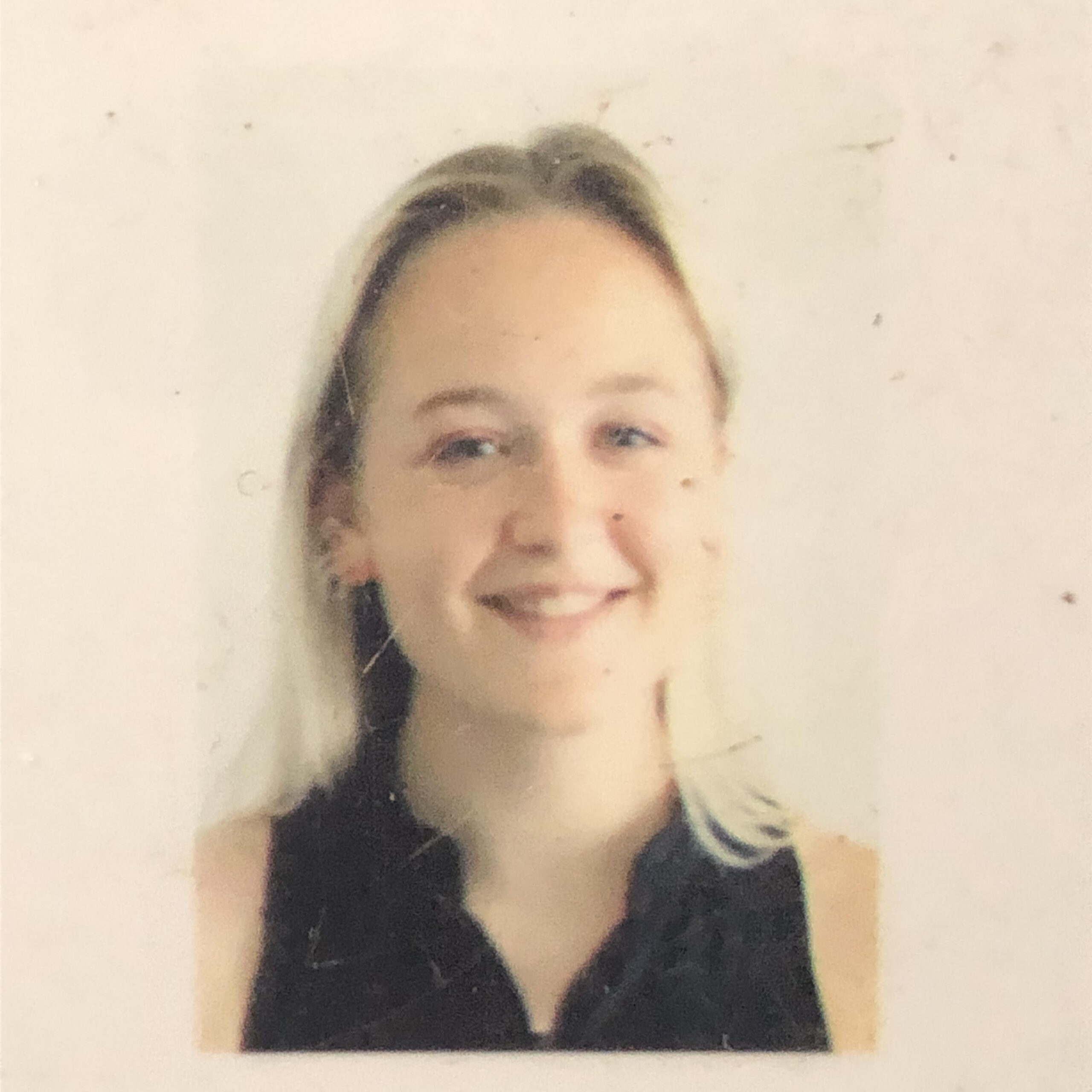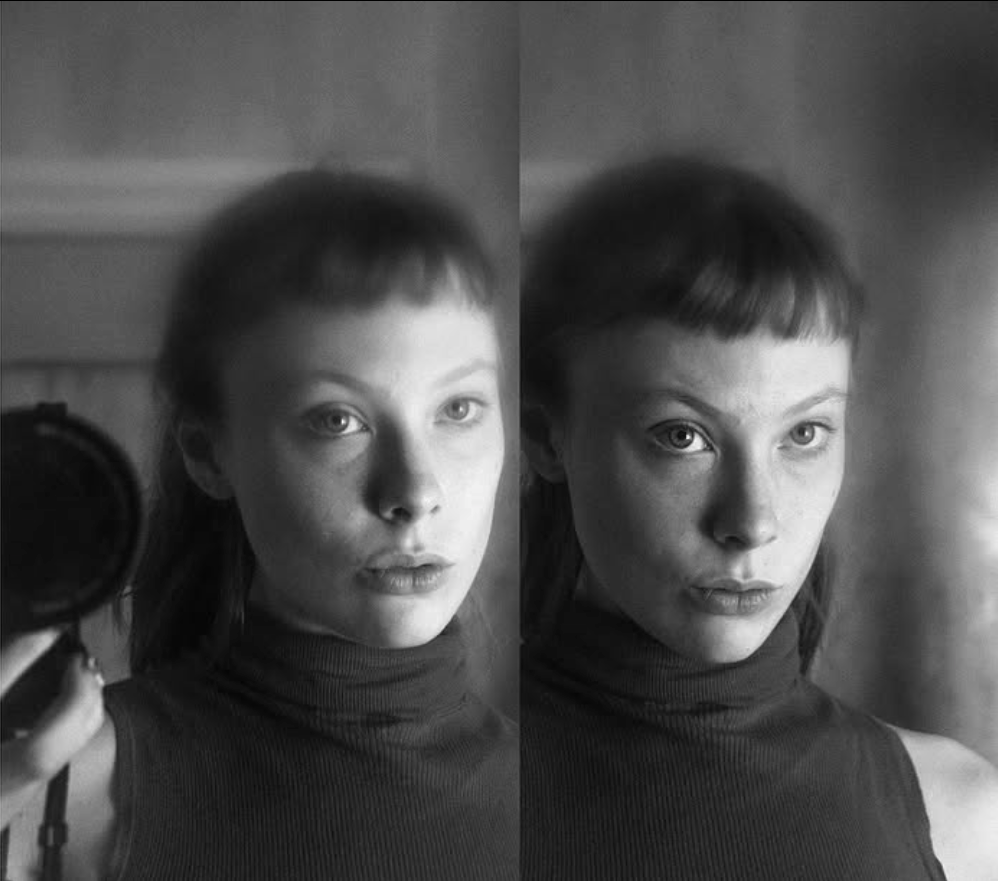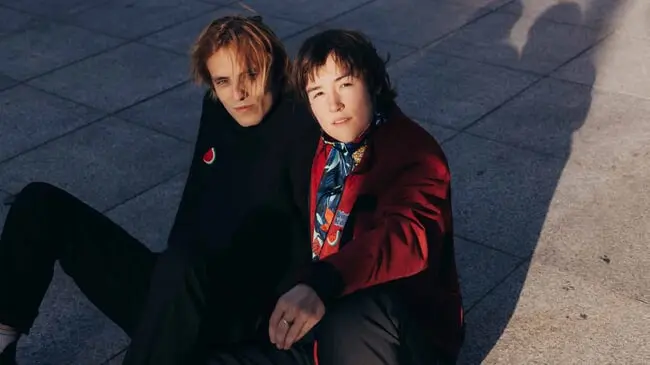Delimiting (the) theatre

A new artistic direction means a fresh start for NTGent. As Yves Degryse, Melih Gençboyaci and Barbara Raes saw it, the theatre needed to change its course. So NTGent started breaking out, colouring outside its lines - turning this new beginning into theatrical acts itself. Artistic process facilitator Rojda Gülüzar Karakuş and city dramaturge Matthias Velle explain the radical shift. We met with them at the Coyendanspark in Ghent, where Firestarter took place.
Can you walk us through what happened here?
Rojda: Firestarter was a collective fire ritual - call it the ‘spark’ that opened the new season. At the same time, Firestarter was itself the outcome of an extensive preliminary process and also flows into a follow-up phase. We’ve called the overarching project Fire, Walk with Me. Theories on rites of passage show us that they rely on three concrete phases: separation, the transition itself, and the consolidation of that transition, the reintegration. You can see that same structure reflected in our current way of working.
Matthias: Fire, Walk with Me introduces a different practice into theatre - one that is not capitalist-productive, but grounded and relational. This practice doesn’t start from a concept, but grows out of necessity, focusing on collectivity and connection. Traditionally, NTGent has always emphasised production and presentation. The new artistic direction decided it was time to catch up on participation, development and reflection.
<img class="editorial-image-50-left" src="https://cdn.prod.website-files.com/61eebcc683107b99137f4423/68ee7108777ee4ff4b847084_IMG_3647-2-2.avif"/>
<img class="editorial-image-50-right" src="https://cdn.prod.website-files.com/61eebcc683107b99137f4423/68ee710859c7faa9b44b9541_IMG_3663-6-6.avif"/>
How do you translate these ambitions?
Matthias: We have set up three ‘laboratories’, which create space for experimentation and artistic research, without the pressure of producing a concrete performance. The first two labs focus on two central artistic lines: care and technology. They are supported by a third pillar: the city.
Rojda: Through the city lab, our work extends into Ghent itself. In Fire, Walk with Me, for example, we’re collaborating with ten partner organisations. This allows us to discover what the city needs, which questions are alive, and what is ‘burning’. The participatory projects we develop arise directly from the context - their artistic form is self-chosen and specific.
<img class="editorial-image-50-left" src="https://cdn.prod.website-files.com/61eebcc683107b99137f4423/68ee7107fcd5a3307958177b_IMG_3723-22-20%20(1).avif"/>
<img class="editorial-image-50-right" src="https://cdn.prod.website-files.com/61eebcc683107b99137f4423/68ee7106391483ca1fb751c7_IMG_3689-11-11.avif"/>
With the NTTent - the nomadic red satellite tent that landed on the forecourt of the theatre at the beginning of last season - NTGent had already transgressed its own boundaries. More than ever, the theatre seems unwilling to stay within its own walls.
Matthias: Indeed, the city is a third space - next to the main theatre and Minnemeers. The NTTent will return next season, interacting with the different participatory projects. This time, however, the tent will travel much further away, towards peripheral ‘urban voids’ - in-between spaces, empty yet full of potential. Again, the location itself will determine its program.
Rojda: I’d like to add something here. We don’t want to just ask or take, we also want to give something to the place. We operate within institutional frameworks that naturally tend to think top-down, but we want to infuse it with bottom-up initiatives. So we only make our analyses after visiting a place, after meeting with the partners.
We don’t want to just ask or take, we also want to give something to the place
Matthias: These participatory projects are two-way processes. The organisations can do things NTGent cannot - they have specific methodologies and embedded networks. We, on the other hand, can offer visibility, support, and help them dream and act. New relationships and connections emerge from that.
Rojda: Through the city lab, we hope to activate people and places differently. SAAMO, for example, has long protested for a bus line to the Scandinaviëstraat. Due to its urban implementation, the inhabitants are disconnected from the city center. The more SAAMO protests, the less they are heard - their urgency becomes a status quo. An artistic intervention, however, could bring renewed and different attention to the issue.
<img class="editorial-image-50-left" src="https://cdn.prod.website-files.com/61eebcc683107b99137f4423/68ee7105317d12ae4ea15ce7_IMG_3785-31-27.avif"/>
<img class="editorial-image-50-right" src="https://cdn.prod.website-files.com/61eebcc683107b99137f4423/68ee71066b9f2f889edfb5f5_IMG_3756-29-25.avif"/>
You don’t just disregard the physical boundaries of the city theatre, but also its conceptual boundaries, since the concrete form of each intervention depends on local needs. Moving away from the logic of production; it seems you define theatre not by what it is, but by what it can do. Theatre, then, is not merely confined to an auditorium, separated from the world outside, but interacts with the world, affects it.
Rojda: The conventional idea that theatre is solely confined to the theatre building itself is, first and foremost, very Eurocentric.
Matthias: … And bourgeois.
Rojda: Besides, theatre takes many forms. You can’t just put boundaries around it. Even making pancakes can be theatrical. (Laughs) When residents of the Scandinaviëstraat mentioned they’d love some pancakes, I decided to write out the recipe as if it were a script. Because who says baking pancakes can't be dramatic?
Matthias: We’re not particularly interested in the question of what theatre is. For some, it’s art; for others, it’s therapy, activism, or even politics. For us, theatre is, above all, an encounter. What we do should be seen as an invitation - an invitation to collectivity.
We’re not particularly interested in the question of what theatre is. For some, it’s art; for others, it’s therapy, activism, even politics. For us, theatre is, above all, an encounter
Rojda: It’s indeed about theatre as a connection, art as a vehicle. Firestarter, too, was a performance - though outdoors and with many participants. The audience enjoyed the fire, and that fire, in turn, evoked the communality of our ancestors.
<img class="editorial-image-50-left" src="https://cdn.prod.website-files.com/61eebcc683107b99137f4423/68ee71080b46a3c03c1adadd_IMG_3674-8-8.avif"/>
<img class="editorial-image-50-right" src="https://cdn.prod.website-files.com/61eebcc683107b99137f4423/68ee7107ecef671091085baf_IMG_3677-9-9.avif"/>
Once again, boundaries seemed to be blurring. The audience becomes a collective body?
Matthias: You get a different kind of experience. Through art, something local can become collective. Such experiences are what we - especially in today’s society - need to ‘begin again’. Because it’s in these deeply shared moments that hope for the future can emerge.
Since production and presentation aren’t the goal and there’s no predetermined end product, would you say you only wish to create hope?
Rojda: Exactly. We want to search for other worlds with other possibilities. That’s where hope comes in. Maybe we will not always succeed - we can only do our best. Every change, every shift, no matter how small, is already a big achievement. We no longer think in terms of full auditoriums, but in terms of potential.
What we will leave behind is uncertain. But in the best case, we leave behind traces
Matthias: What we will leave behind is uncertain. But in the best case, we leave behind traces. Like here, in Coyendanspark.
<img class="editorial-image-50-left" src="https://cdn.prod.website-files.com/61eebcc683107b99137f4423/68ee7108a493b49a46ff994c_IMG_3704-15-14.avif"/>
<img class="editorial-image-50-right" src="https://cdn.prod.website-files.com/61eebcc683107b99137f4423/68ee710861c4c32519f65065_IMG_3814-36-32.avif"/>
<div class="editorial-banner"> <div class=“editorial-credits”>ntgent.be<br><br>@matthiasvelle<br>@turnedar</div></div>
Different Class works with the interest of their community at heart.
Our work’s purpose is to foster a solid network for independent artists, those who love them, and those who want to support them. Become a member to contribute to the local Belgian art scene.







